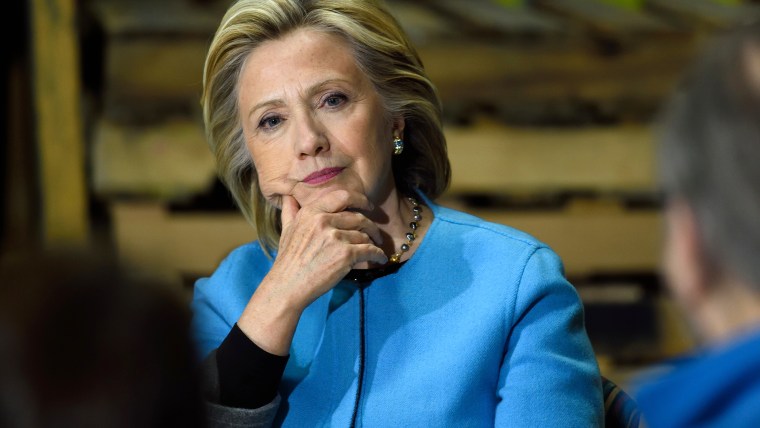At a certain level, a 50-state strategy may seem like common sense for any national party or candidate. Those who choose to compete only in specific states are either taking some states for granted or conceding defeat in some areas before a campaign even begins.
But when Howard Dean, in his capacity as DNC chair, first threw his support behind a 50-state strategy in 2006, he faced fierce resistance, most notably from then-DCCC Chair Rahm Emanuel. The pushback wasn't necessarily absurd -- parties have limited resources, so they have to take advantage of opportunities where they exist. When Democrats invest resources in uncompetitive areas, practically by definition, they're denying resources that could be put to use in competitive races
Dean, however, largely ignored Emanuel, and the former governor got the last laugh when the 50-state strategy proved effective -- Democrats rode a wave to the congressional majority in 2006 and fared even better in 2008, thanks in part to the Obama campaign's embrace of a very similar strategy.
Nearly a decade after Dean's ambitious gambit, the Huffington Post reports that Hillary Clinton is on board with a 50-state strategy of her own.
Hillary Clinton's presidential campaign is launching a major grassroots organizing effort Wednesday, sending staffers to every single state to start building an infrastructure of volunteers ready to pound the pavement. What's being called the "Ramp Up Grassroots Organizing Program" will have paid staffers in all 50 states, the District of Columbia and the territories through the end of May. They'll be working with Clinton supporters to organize local meetings, volunteer trainings and other grassroots events, according to the campaign.
In a video unveiled by Team Clinton yesterday, Marlon Marshall, Clinton's director of state campaigns, tells viewers, "Organizing is the heart and soul of this campaign. As we speak, things are ramping up in all 50 states and the territories. Face-to-face conversations with your friends and neighbors are how we will win. So we're doubling down on old-school organizing."
It's no small development. Indeed, this tells us quite a bit about the Democratic frontrunner's intentions for the cycle.
Remember, eight years ago, Obama and his team adopted a 50-state strategy for multiple reasons: it was intended to help during the nominating process; it would create the grassroots infrastructure for the general election; and it demonstrated the campaign's commitment to party building.
The concern has been that Hillary Clinton, lacking a credible Democratic rival, wouldn't have an incentive to focus on grassroots Democratic organizing, especially so early in the race. And therein lies the point: the former Secretary of State and her team are proceeding as if the nomination weren't already in the bag.
There's no intra-party challenger pushing Clinton to take grassroots organizing seriously and recruit an army of volunteers, but to its credit, the campaign is doing it anyway, duplicating a recipe that's worked for Democrats in the recent past.
Here's the video the Clinton campaign released yesterday:
